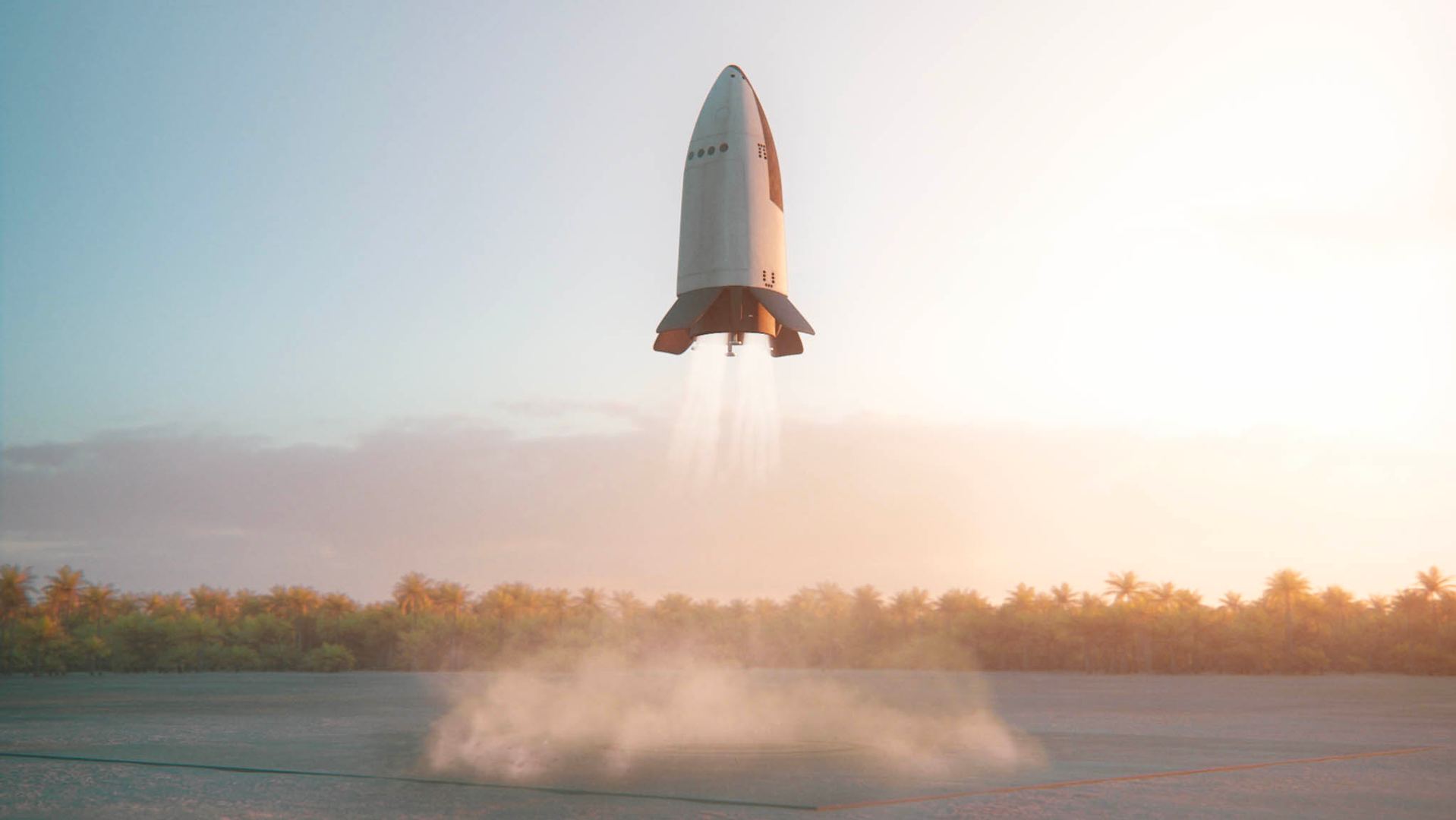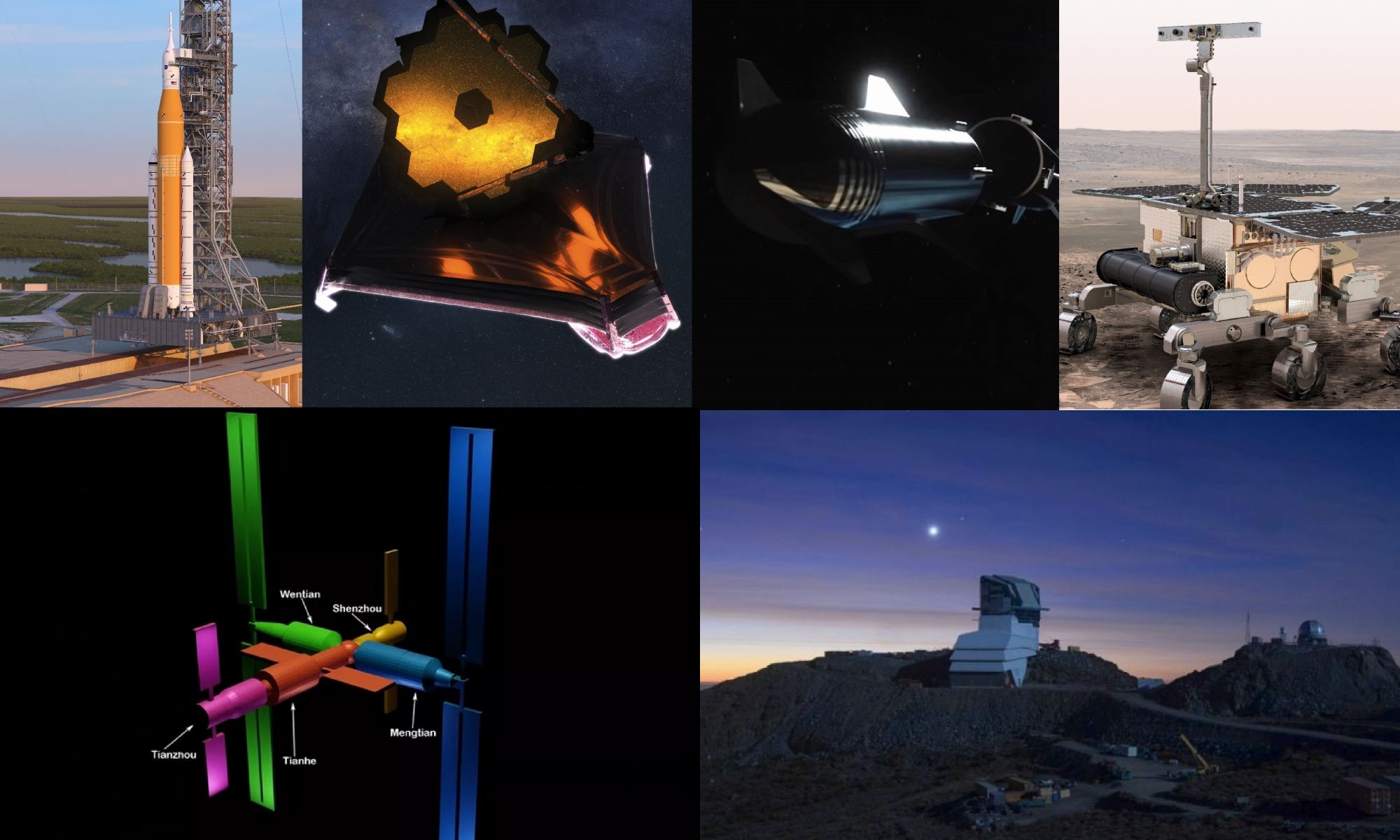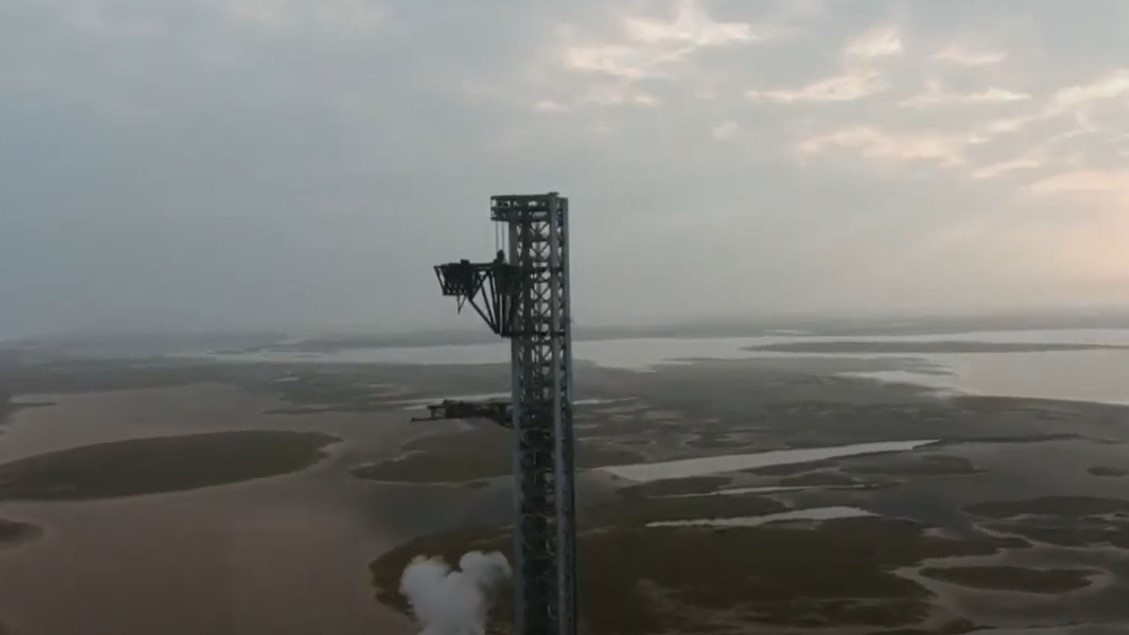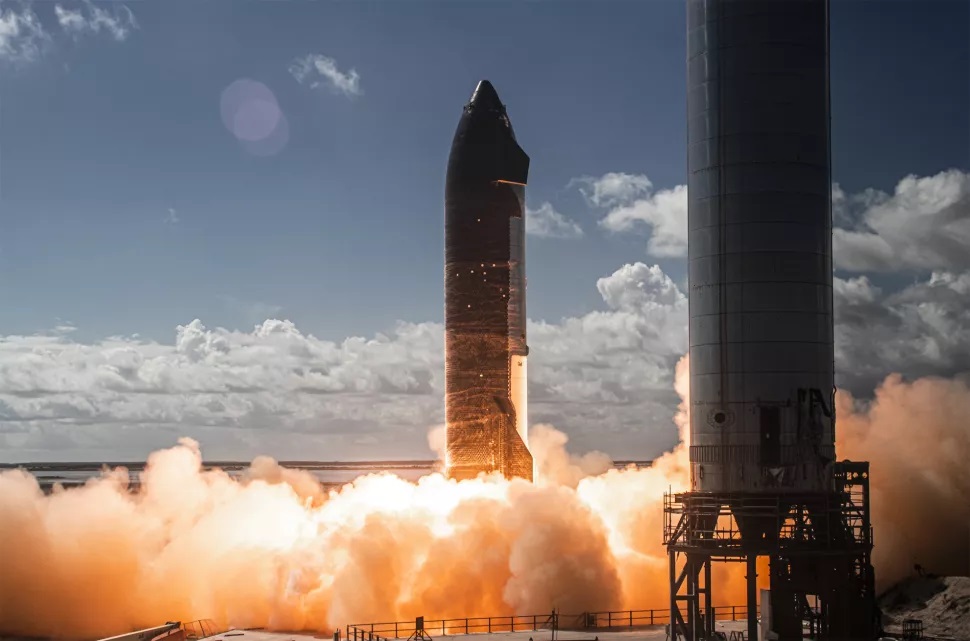Europe plans to have its own reusable spacecraft for cargo and crewed missions to LEO and beyond. It’s called SUSIE (Smart Upper Stage for Innovative Exploration). At first glance, it may look like Europe’s answer to SpaceX’s Starship, but it’s not that simple.
Continue reading “Is Europe Building its Own Starship? Not Exactly”Starship Could be Ready for an Orbital Flight in May
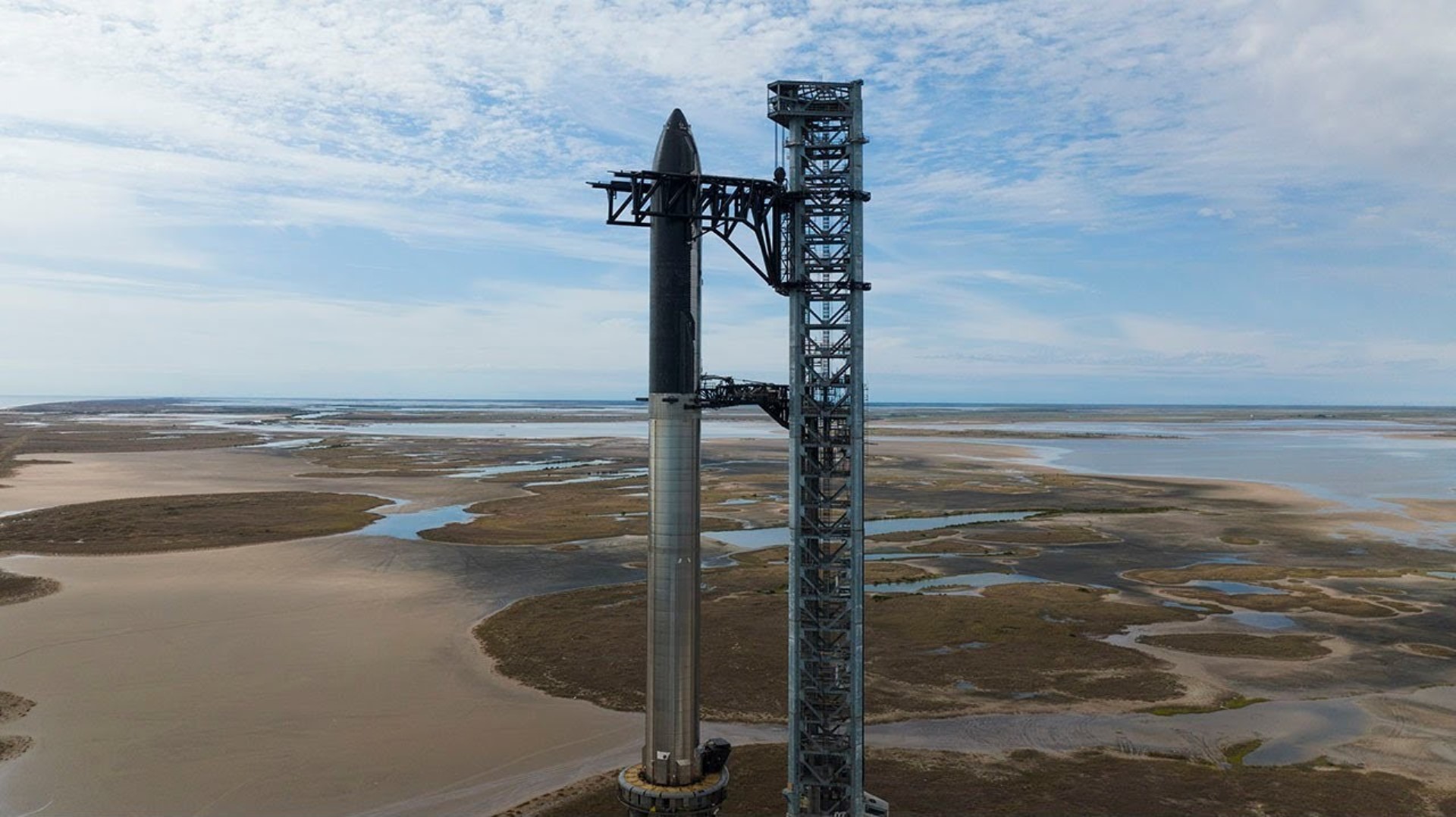
SpaceX has enjoyed a lot of wins in the past few years. In addition to successfully glide-testing and landing multiple Starship prototypes, they’ve rolled out its first Super Heavy boosters, test-fired the new Raptor Vacuum engines, and assembled the “Mechazilla” launch tower at Boca Chica, Texas. They also unveiled the first fully-furbished orbital test vehicle (SN20) that was stacked with a first stage booster for the first time on its launch pad.
Given the prodigious rate of progress, few were surprised when Musk announced that the first orbital flight test could take place as soon as January 2022. Unfortunately, this date had to be pushed back to an environmental assessment and the usual bureaucratic rigmarole. However, Musk recently announced on Twitter that in light of his company’s success with the new Raptor engines, they could be ready to conduct the long-awaited orbital test flight this May.
Continue reading “Starship Could be Ready for an Orbital Flight in May”Musk Shows how They’re Planning to Catch SuperHeavy Boosters
SpaceX’s entire business model is based on the reusability of its rockets. That business model has proven viable time and time again as boosters continue to land safely only to be reused later. But as the rockets they’re using get bigger and bigger, the harder and harder it will get for them to land directly on the ground, as models they’ve completed so far have. So for its SuperHeavy Booster, designed to launch its Starship craft into orbit, SpaceX has to develop a new way of capturing the rockets without damaging them. Its head, Elon Musk, has shared a Twitter video showing how it will do just that.
Continue reading “Musk Shows how They’re Planning to Catch SuperHeavy Boosters”Elon Musk Takes the Long View in Glitzy Update on SpaceX’s Starship Super-Rocket

SpaceX CEO Elon Musk delivered a long-awaited, live-streamed update on his plans for launching the world’s most powerful rocket, with the spotlighted backdrop of a freshly stacked Starship and Super Heavy booster standing on the launch pad at the company’s Starbase facility in South Texas.
The Starship project is key to Musk’s plans to send thousands of settlers to Mars and make humanity a multiplanet species. It’s also key to his plans to put thousands of satellites in Earth orbit for SpaceX’s Starlink broadband network, which is supposed to bring in the money needed for Mars missions.
And as if all that’s not enough, Musk expects Starship to revolutionize space travel and society in ways that can’t be foreseen. “When you have an utterly profound breakthrough, the use cases will be hard to imagine,” he told hundreds of attendees during the Feb. 10 presentation at the Boca Chica base.
Musk exhibited his trademark optimism about the launch system’s development schedule, saying that the Federal Aviation Administration could give its go-ahead for the first Starship orbital launch from Texas as soon as next month. But he said there was a Plan B in case that approval didn’t come soon.
Continue reading “Elon Musk Takes the Long View in Glitzy Update on SpaceX’s Starship Super-Rocket”The Big Spaceflight Stories You Should be Watching in 2022
The year 2021 was a big one as far as stories from space are concerned! From start to finish, 2021 witnessed innumerable milestones and groundbreaking missions mounted by space agencies and the commercial space industry. Among them, the long-awaited launch of the James Webb Space Telescope, the arrival of the Perseverance mission, the launch of Double-Asteroid Redirect Test (DART), multiple test flights with the Starship, and the inauguration of space tourism. There was something for everyone!
However, looking at what’s planned for the year ahead, one might get the impression that 2021 was the appetizer and 2022 is the main course! That may sound like an idle boast, but not when you consider all of the ambitious missions, programs, and developments that are scheduled and anticipated for the next twelve months! So exactly what’s in store for space in 2022? We’ve provided a helpful list below:
Continue reading “The Big Spaceflight Stories You Should be Watching in 2022”SpaceX Tests its Starship-Catching Launch Tower
If you thought landing a used rocket booster on a barge or a landing pad was crazy idea, take a look at how SpaceX plans to land the big Starship rocket.
The same tower that will be used to launch the rocket will also attempt “catching” the spent booster when it comes back to Earth.
Continue reading “SpaceX Tests its Starship-Catching Launch Tower”SpaceX is Hoping to Turn Atmospheric CO2 Into Rocket Fuel
Earth is in the midst of a climate crisis. Thanks to the way CO2 emissions have been rising rapidly since the early 20th century, global temperatures are rising, triggering a positive feedback cycle that threatens to make it worse. According to recent analyses, even if the industrialized nations agree to slash carbon emissions drastically, global warming will not begin to slow until mid-century. For this reason, emission reduction needs to be paired with carbon capture to ensure we avoid the worst-case scenarios.
Meanwhile, there is a significant outcry from the public concerning commercial space. Whereas advocates like Elon Musk argue that increasing access to space is key to our long-term survival, critics and detractors respond by stating that commercial space “steals focus” from Earth’s problems and that rocket launches produce excessive carbon emissions. In what could be a response to these challenges, Musk recently announced that SpaceX would be starting a carbon capture (CC) program to create propellants for his rockets.
Continue reading “SpaceX is Hoping to Turn Atmospheric CO2 Into Rocket Fuel”Orbital Launch in January? Elon Musk Updates His Vision for SpaceX’s Starship
SpaceX CEO Elon Musk has laid out a scenario for space travel that calls for his company’s Starship launch system to take on its first orbital test flight as soon as January.
Starship could go through “a dozen launches next year, maybe more,” and be ready to send valuable payloads to the moon, Mars and even the solar system’s outer planets by 2023, Musk said during a Nov. 17 online meeting of the National Academies’ Space Studies Board and Board on Physics and Astronomy.
But he advised against sending anything too valuable on the first flight to Mars. “I would recommend putting the lower-cost scientific mission stuff on the first mission,” he said, half-jokingly.
The National Academies presentation followed up on big-picture talks that Musk delivered in 2016 (when Starship was known as the Interplanetary Transport System), 2017 (when it was known as the BFR or “Big Frickin’ Rocket”) and 2018 (when Musk settled on “Starship”).
Musk’s basic concept is the same: Starship and its giant Super Heavy booster would be a one-size-fits-all system that could be used for point-to-point suborbital travel, orbital space missions and all manner of trips beyond Earth orbit, including moon landings. It’d be capable of lofting more than 100 tons to low Earth orbit (three times as much as the space shuttle), and sending 100 people at a time to Mars.
This week’s presentation provided some new details.
Continue reading “Orbital Launch in January? Elon Musk Updates His Vision for SpaceX’s Starship”NASA’s Target for Landing the First Artemis Astronauts on the Moon Slips to 2025
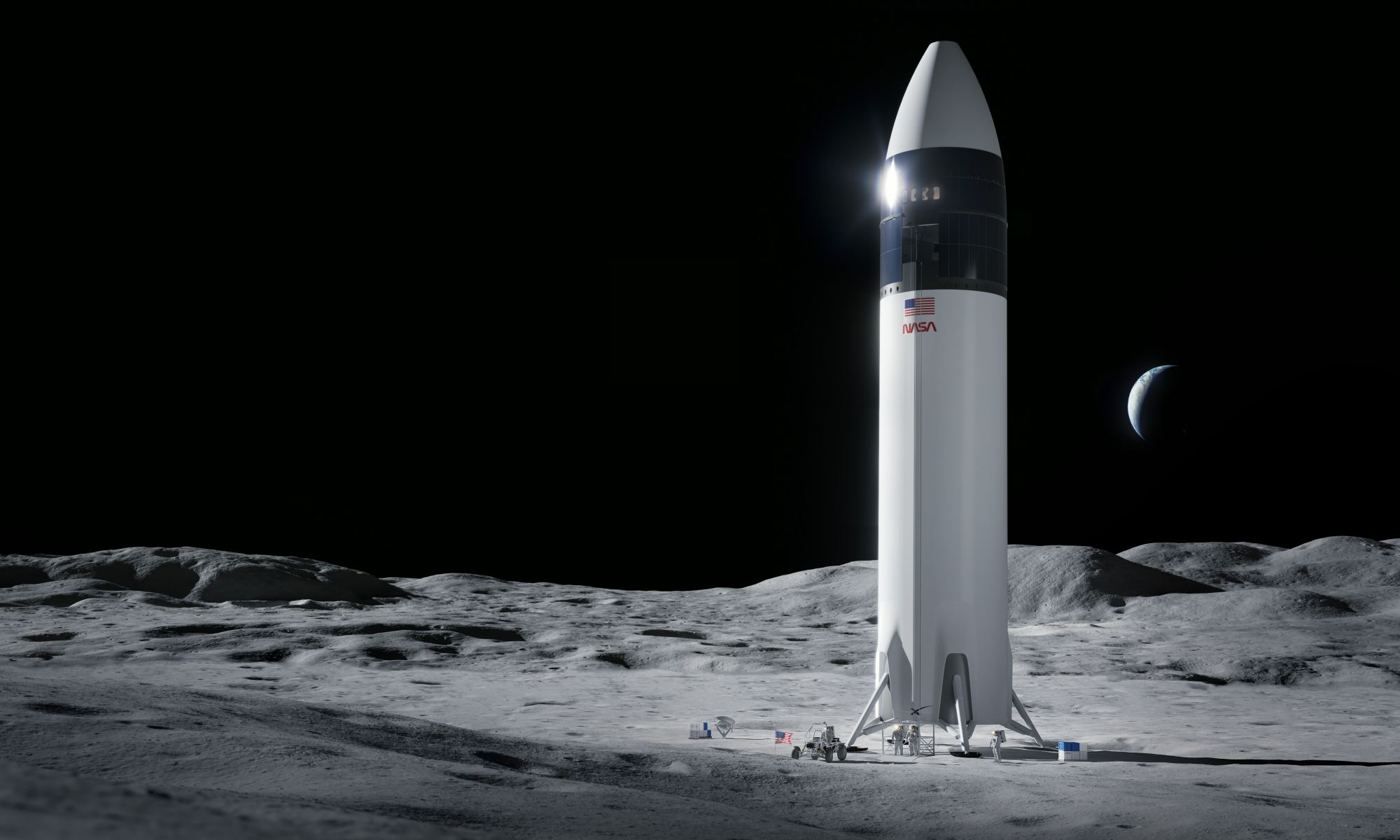
NASA has pushed back the timetable for landing astronauts on the moon for the first time in more than a half-century from 2024 to no earlier than 2025.
Blue Origin’s unsuccessful legal challenge to a $2.9 billion lunar lander contract awarded to SpaceX was one of the factors behind the delay in the Artemis moon program, NASA Administrator Bill Nelson said during a Nov. 9 teleconference.
Nelson also pointed to Congress’ previous decisions not to fund the lander program as fully as NASA wanted, plus delays forced by the COVID-19 pandemic and the fact that “the Trump administration target of a 2024 human landing was not grounded in technical feasibility.”
“After having taken a good look under the hood these past six months, it’s clear to me that the agency will need to make serious changes for the long-term success of the program,” he told reporters.
Continue reading “NASA’s Target for Landing the First Artemis Astronauts on the Moon Slips to 2025”SpaceX Thinks it can Send Humans to the Moon Sooner Than 2024

It’s no secret that a new Space Race has been brewing over the past few years. This time, rather than being a competition between two federal space agencies, the race has more competitors and is more complicated. In addition to more state competitors, there are also commercial space entities vying for positions and lucrative contracts. Add to that a network of public-private partnerships, and you have Space Race 2.0!
In particular, there has been quite the stir ever since NASA awarded the Artemis contract for the Human Landing System (HLS) to SpaceX. This resulted in legal challenges filed by Blue Origin and Dynetics (SpaceX’s competitors), as well as a lawsuit and messy public relations campaign. NASA has since removed the stop-work order and commenced payments to SpaceX, which recently indicated their HLS concept could be ready to go before the 2024 deadline.
Continue reading “SpaceX Thinks it can Send Humans to the Moon Sooner Than 2024”
